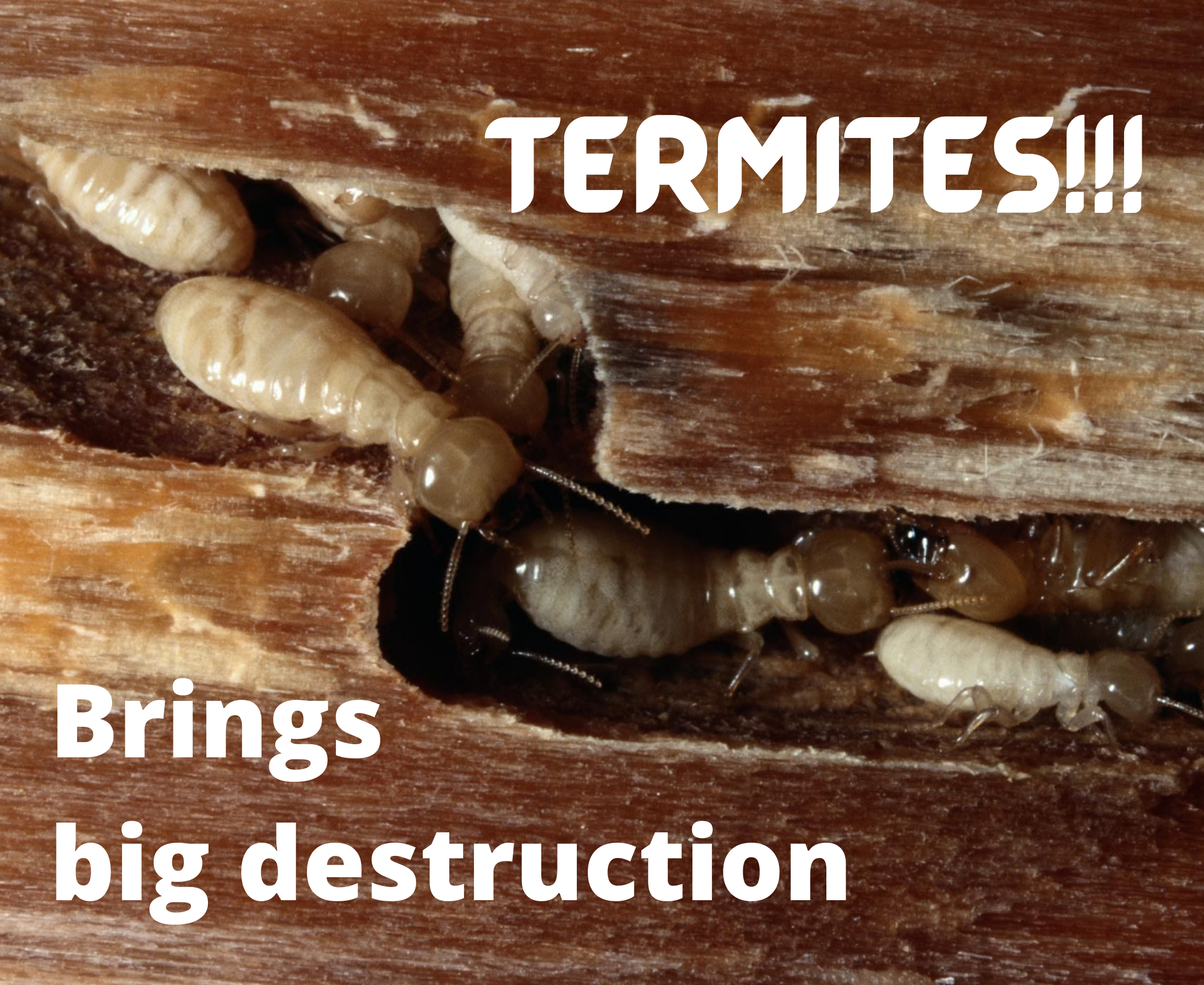Eco Bed Bug Exterminators Dc for Dummies
Table of ContentsAll about Eco Bed Bug Exterminators DcThe smart Trick of Eco Bed Bug Exterminators Dc That Nobody is DiscussingGetting The Eco Bed Bug Exterminators Dc To WorkNot known Details About Eco Bed Bug Exterminators Dc Our Eco Bed Bug Exterminators Dc Ideas
Since pesticides are poisonous, they are likewise potentially hazardous to people, animals, other organisms, and the environment. For that reason, individuals who use chemicals or on a regular basis come in call with them should comprehend the relative toxicity, potential health and wellness impacts, and preventative measures to minimize direct exposure to the products they utilize. Risk, or danger, of utilizing pesticides is the capacity for injury, or the level of risk associated with utilizing a pesticide under a given set of problems.
Applicators can lessen or virtually get rid of exposure-- and thus reduce hazard-- by following the tag directions, utilizing personal protective garments and tools (PPE), and dealing with the chemical appropriately. As an example, greater than 95 percent of all chemical direct exposures originate from facial exposure, largely to the hands and lower arms. By wearing a set of unlined, chemical-resistant gloves, this kind of direct exposure can be virtually gotten rid of.
The unsafe impacts that happen from a solitary direct exposure by any kind of route of entry are described "intense impacts." The four courses of direct exposure are dermal (skin), inhalation (lungs), oral (mouth), and the eyes. Severe poisoning is established by analyzing the facial poisoning, inhalation poisoning, and dental toxicity of guinea pig.
Our Eco Bed Bug Exterminators Dc Statements
Intense toxicity is gauged as the quantity or focus of a toxicant-- the a.i.-- required to kill half of the animals in an examination population. This step is generally expressed as the LD50 (lethal dose 50) or the LC50 (deadly focus 50). Additionally, the LD50 and LC50 worths are based upon a single dose and are tape-recorded in milligrams of chemical per kg of body weight (mg/kg) of the guinea pig or partly per million (ppm).
The lower the LD50 or LC50 value of a chemical item, the greater its poisoning to humans and animals. Chemicals with a high LD50 are the least toxic to people if utilized according to the instructions on the product tag. The persistent poisoning of a chemical is identified by subjecting test pets to long-term exposure to the active component.
The chronic toxicity of a pesticide is much more hard than severe toxicity to establish through laboratory evaluation. Products are classified on the basis of their relative acute poisoning (their LD50 or LC50 values). Chemicals that are identified as very hazardous (Poisoning Category I) on the basis of either oral, facial, or breathing poisoning have to have the signal words threat and poisonous substance printed in red with a head and crossbones icon prominently showed on the front panel of the plan label.
The severe (solitary dosage) oral LD50 for pesticide items in this group ranges from a trace total up to 50 mg/kg. Exposure of a couple of drops of a product taken by mouth might be deadly to a 150-pound individual. https://www.quora.com/profile/Christopher-Savage-59. Some chemical items have simply the signal word threat, which tells you nothing regarding the acute poisoning, just that the item can create serious eye damage or extreme skin irritability
9 Simple Techniques For Eco Bed Bug Exterminators Dc
In this category, the severe oral LD50 arrays from 50 to 500 mg/kg. A tsp to an ounce of this material could be deadly to a 150-pound person (exterminator). Chemical products identified as either a little poisonous or relatively nontoxic (Toxicity Groups III and IV) are needed to have the signal word CAUTION on the chemical tag

All pesticide toxicity values, worths the LD50, can be found on the product's Item Safety Product Safety and security InformationMSDS). Chemical labels and MSDS can be obtained from sellers or manufactures - https://qualtricsxmd592229pt.qualtrics.com/jfe/form/SV_b2yCBs28oDQPOZ0. The symptoms of chemical poisoning can vary from a mild skin inflammation to coma or even death.
Because of prospective health and wellness problems, pesticide customers and trainers have to identify the typical indicators and signs of chemical poisoning. The results, or signs, of chemical poisoning can be broadly specified as either topical or systemic.
The Definitive Guide to Eco Bed Bug Exterminators Dc
Dermatitis, or inflammation of the skin, is approved as the most frequently reported topical impact connected with chemical exposure. Symptoms of dermatitis variety from reddening of the skin to breakouts and/or sores. Some individuals have a tendency to cough, wheeze, or sneeze when exposed to chemical sprays. Some individuals react to the solid odor and bothersome impacts of petroleum extracts utilized as providers in chemical products.
This signs and symptom usually subsides within a couple of minutes after an individual is removed from the direct exposure to the irritant. A response to a chemical product that creates a person not only to sneeze and cough yet also to develop extreme intense respiratory symptoms is more likely to be a real find this hypersensitivity or allergic reaction.
Systemic results are fairly different from topical results. They often occur away from the original factor of call as an outcome of the pesticide being taken in into and distributed throughout the body. Systemic impacts usually consist of queasiness, throwing up, exhaustion, frustration, and intestinal disorders. In sophisticated poisoning situations, the person may experience adjustments in heart rate, trouble breathing, convulsions, and coma, which could bring about death.